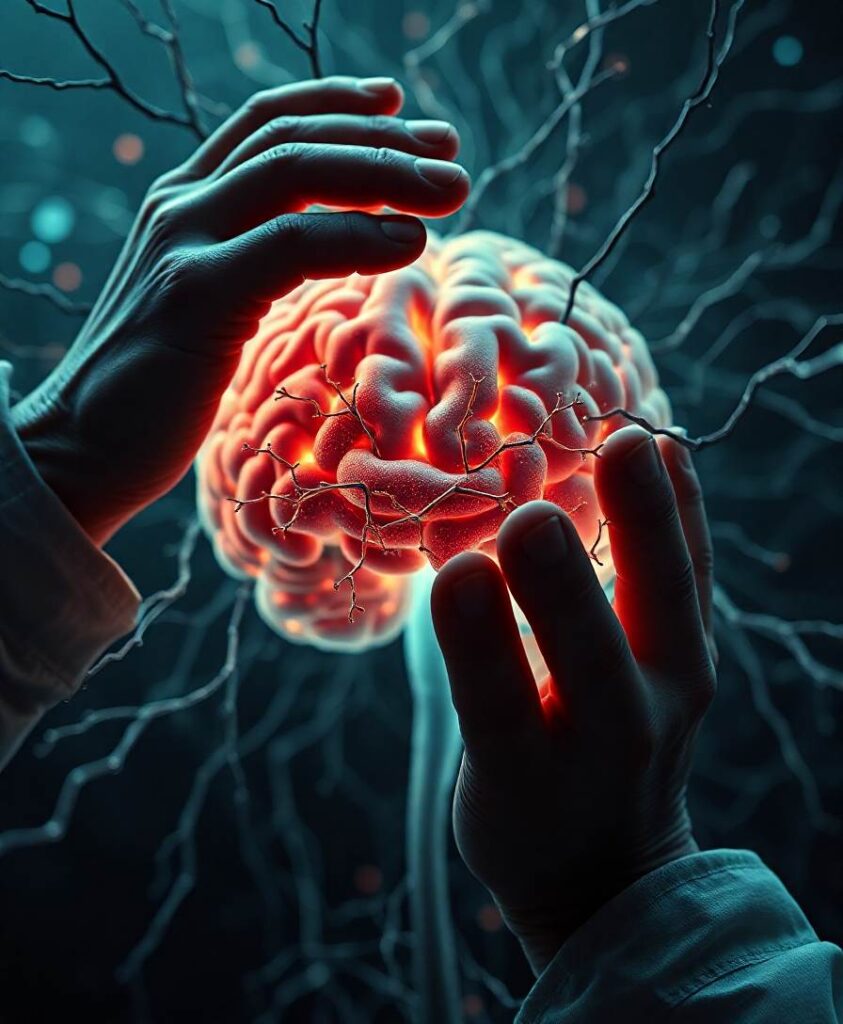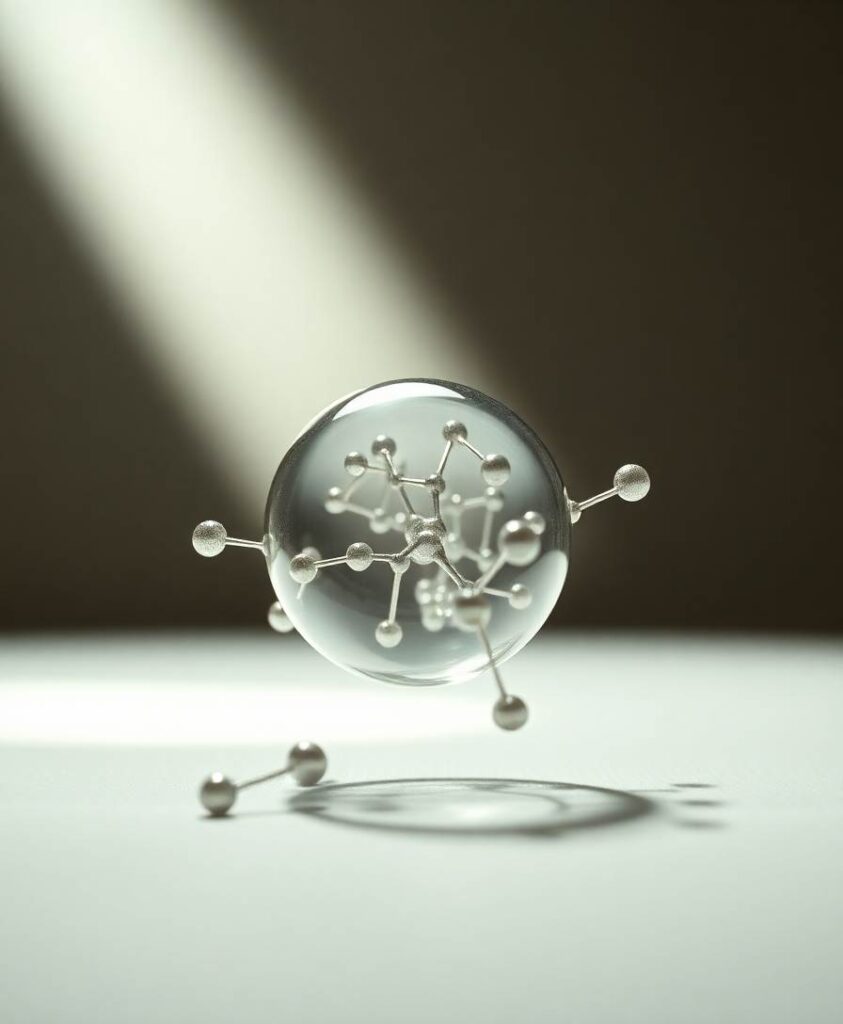From the lab bench to the clinic, developing a therapy that prompts internal repair instead of replacing tissue raises different scientific and ethical questions. Safety and precise control over temperature matter because the retina is delicate, and long-term effects on vision and retinal health will determine whether this approach becomes a practical option. Translational work will need carefully designed trials that measure function, not only anatomy, across diverse patient groups.

Why this matters for human potential is simple: maintaining sight preserves independence, learning, social connection, and creative work. If a mild, targeted stimulus can slow or halt degeneration, it could reshape how we design aging care and accessibility. Follow the full article to see how the method was tested and what steps remain before this technology could be available to people at risk of vision loss.
Aalto University scientists have created a laser-based treatment that uses gentle heat to stop the progression of dry macular degeneration. The approach stimulates the eye’s natural cleanup and repair systems to protect against blindness.




